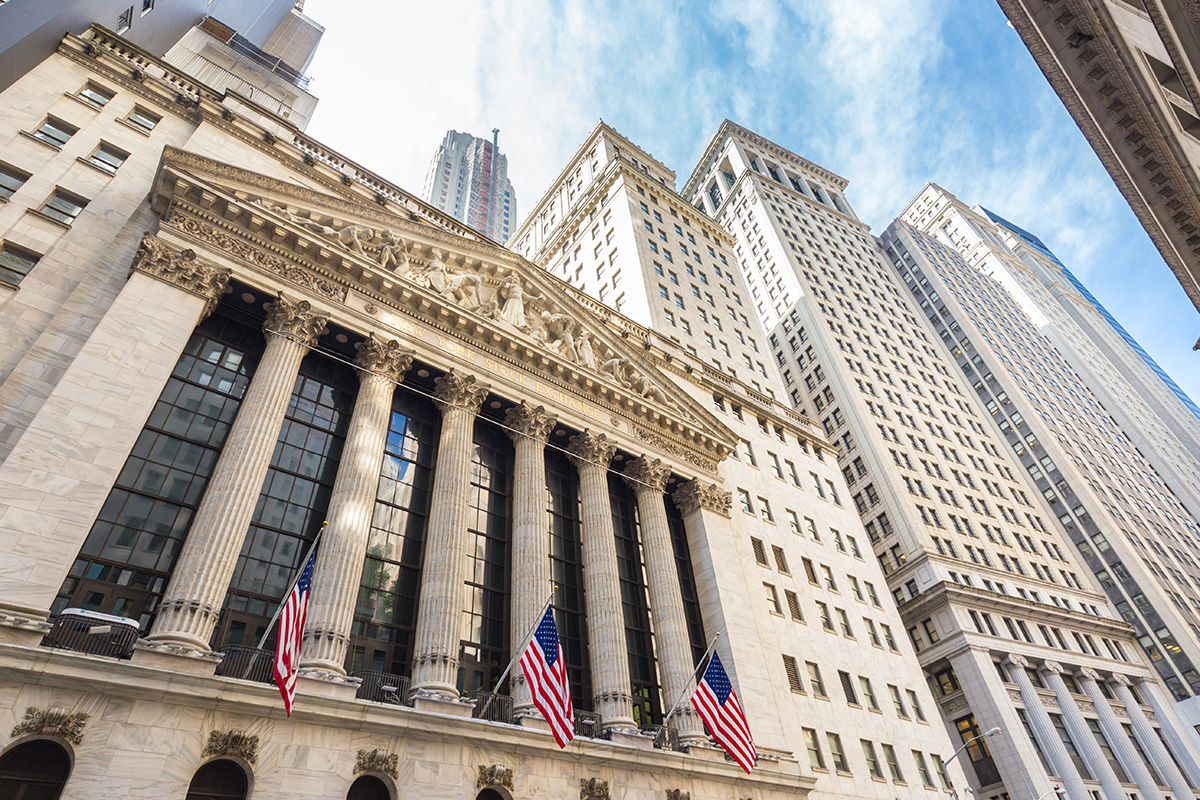Wall Street was seeing a mild uptick on Friday. However, the rise wasn’t significant enough to deviate from its trajectory toward its first weekly dip in three weeks.
In midday trading, the S&P 500 climbed by 0.3% after a consecutive three-day fall. By 11 a.m. Eastern time, the Dow Jones had gained 90 points, reflecting a 0.3% increase, standing at 34,591. Concurrently, the Nasdaq composite increased by 0.1%.
Throughout the week, stocks faced downward pressure, stemming from concerns that a heating economy might compel the Federal Reserve to maintain elevated interest rates for a more extended period. Amidst recent data highlighting the robustness of the U.S. economy, even with soaring rates, traders have become skeptical about any imminent rate cuts by the Fed.
These apprehensions have led to an upswing in bond market yields, negatively impacting stock values. However, yields showed signs of relaxation on Friday, offering a sigh of relief for Wall Street.
The 10-year Treasury yield saw a slight decrease, moving from 4.25% the previous day to 4.22%. The two-year Treasury yield, which is a more direct reflection of Fed expectations, also marginally dropped from 4.95% to 4.93%.
While most companies have concluded their spring earnings announcements, a few stood out on Friday due to significant movements.
Smith & Wesson Brands, the firearm manufacturer, saw its stock soar by 12.5% after reporting better-than-anticipated results for the quarter ending in July. Despite summer typically being a slow season, their sales witnessed a 35% year-on-year increase.
Meanwhile, Kroger’s stocks went up by 4.3%, despite fluctuating post its earnings announcement. Although the grocery chain’s quarterly profit exceeded market predictions, it missed the mark in revenue. Additionally, Kroger and Albertsons unveiled plans to divest certain assets and stores, aiming for regulatory approval for their upcoming merger.
The forthcoming week appears to be eventful on the global market front. The highlight will probably be the U.S. inflation update scheduled for Wednesday, with predictions pointing to a 3.6% year-on-year rise for August.
Despite inflation figures tapering down from last year’s peak of over 9%, achieving the Fed’s 2% goal remains a concern. Recent positive economic data might be a double-edged sword – encouraging household expenditure but also potentially spurring companies to increase prices.
Elevated rates are generally believed to decelerate economic growth and impede job markets, eventually aiding in curbing inflation. However, the enduring high rates haven’t effectively done so, raising concerns over potential future rate hikes by the Fed.
According to Bank of America strategists, feedback from clients indicates a consensus that the Fed might hold off on further rate hikes but maintain the heightened rates for an extended period. These sentiments resonate with the bank’s own projections, which also foresee possible rate hikes in November.
Next week will also be marked by the European Central Bank’s decision on rates and new insights into China’s economic performance. China’s less-than-expected recovery post-COVID restrictions has not only dampened global economic momentum but also eased inflationary pressures.
Internationally, stock markets presented a mixed bag. Japan’s Nikkei 225 faced a 1.2% drop after revealing that its economy expanded at 4.8% annually in the quarter from April to June, which is below the 6% previously estimated.
While most Asian indices were on a slight decline, Europe exhibited modest gains.
In summary, global financial landscapes exhibit a blend of optimism and caution. As Wall Street faces its potential first weekly drop in recent times, it reflects broader concerns about interest rates and inflation, echoing in various economies worldwide. As markets gear up for next week’s slew of economic data and decisions, investors will be closely watching for signs to chart their next course of action.







